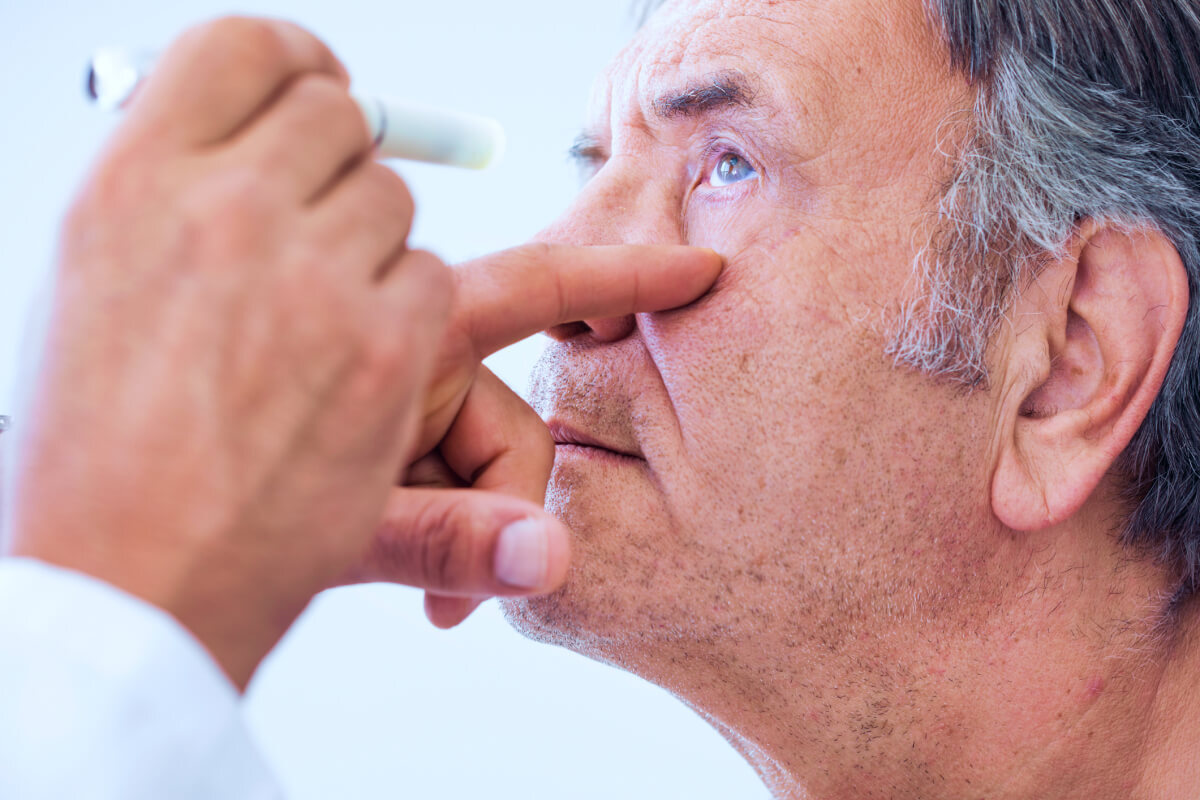 November 16, 2021
November 16, 2021Retinal Detachment Symptoms
The retina is the light-sensitive layer of tissue that lines the inside of the eye, similar to the film in a camera. The retina is responsible for sending …
![]() February 7, 2021
February 7, 2021AMD Awareness Month
Did you know February is AMD & Low Vision Awareness Month? California Retina Consultants wants to help bring awareness to AMD, its symptoms, and the steps …
![]() December 7, 2020
December 7, 2020Giving Back: The Gift Of Sight
The hustle and bustle of the holiday season has everyone out and about shopping to find gifts for friends and loved ones. However, vision is an amazing gift …
![]() November 4, 2020
November 4, 2020November Is Diabetic Eye Disease Awareness Month
November is Diabetic Eye Disease Awareness Month and California Retina Consultants wants to bring attention to this condition, which is now the leading cause …
![]() August 29, 2019
August 29, 2019California Retina Consultants Opens Their Newest Location
California Retina Consultants is excited to have opened our newest location in Simi Valley! The new facility is located at 2796 Sycamore Drive, Simi Valley, …
![]() May 23, 2019
May 23, 2019How Smoking Affects Your Eyes
We all know that smoking, whether it be in the form of cigarettes or cigars, has a multitude of adverse effects on our bodies and overall health. But did you …
![]() October 18, 2018
October 18, 2018Macular Degeneration Danger In Malibu
Age-related Macular Degeneration (AMD) is a disease that, as the name suggests, is more prevalent in older individuals. In fact, AMD is the leading cause of …
![]() April 16, 2018
April 16, 2018Nathan Steinle, MD Retina Today
Nathan Steinle, MD of California Retina Consultants recently wrote about “Pointers for Performing Pneumatic Vitreolysis” in Retina Today Magazine. Click HERE …
Blog Search
Follow CRC
Categories
Tags
Welcome to the CRC Blog! Here, we offer patients essential information and insights into the world of retinal health. Check back here often to stay up-to-date on all things retina as well as important announcements from our practice.
A Team of Experts:
Experience You Can Trust
Experience You Can Trust







